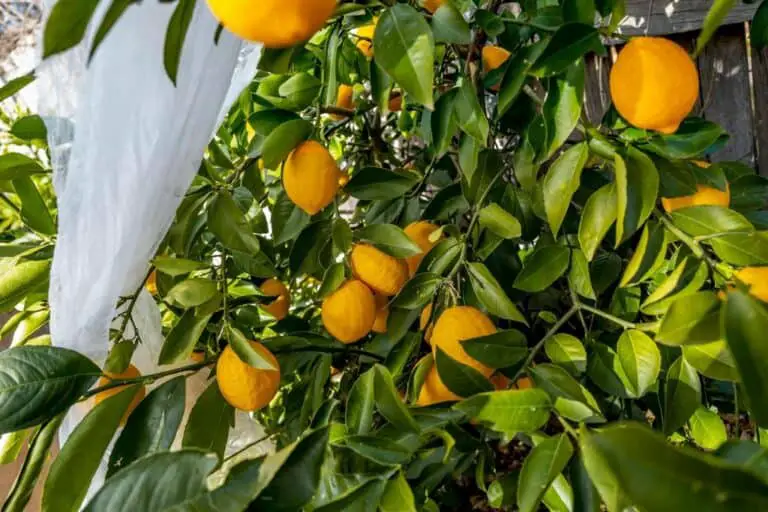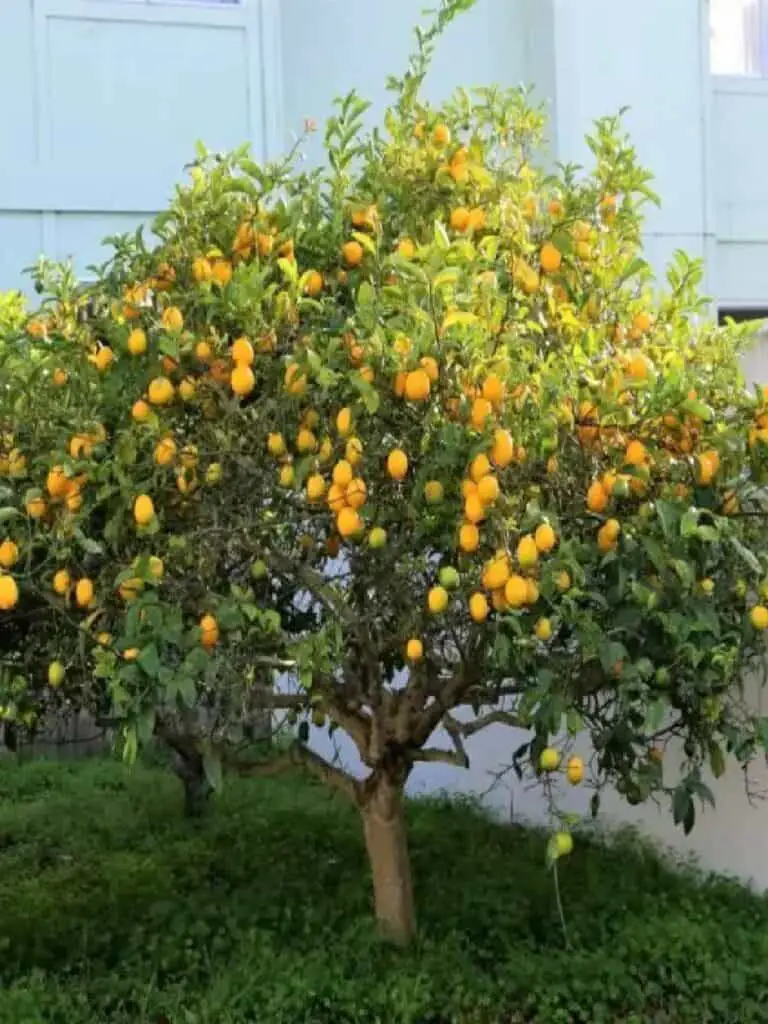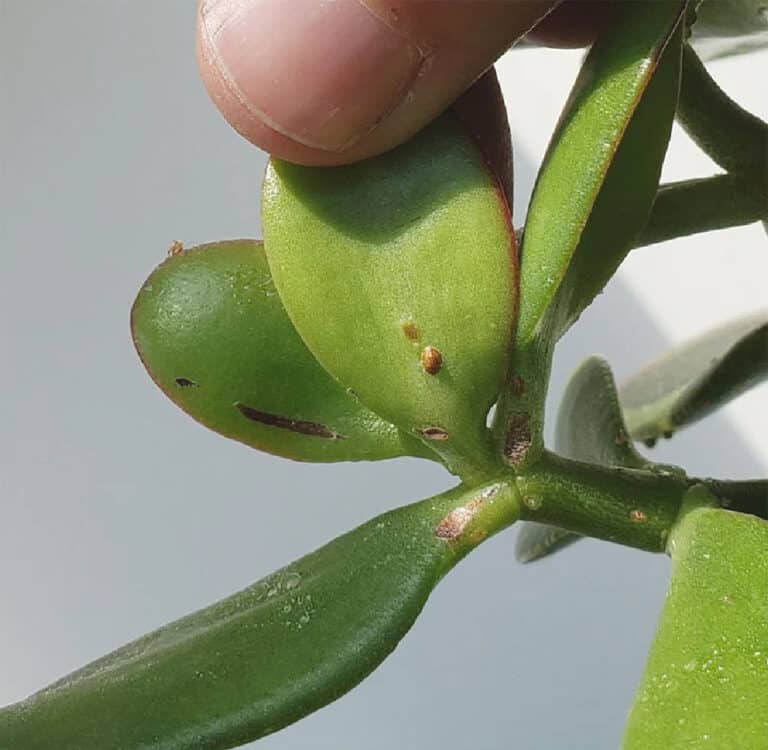Reviving a Struggling Citrus Tree: Key Steps to Recovery

There’s nothing quite like the sight of a thriving citrus tree, with its glossy leaves, fragrant blossoms, and vibrant fruits. Whether it’s a lemon, lime, or orange tree, the joy of picking fresh fruit right from your backyard is one of life’s simple pleasures.
But what happens when that once-vigorous tree starts to look a little worse for wear? Maybe the leaves are yellowing, the branches are drooping, or the fruit production has slowed to a crawl.
If your citrus tree is struggling, don’t throw in the towel just yet. Let’s dig into some key steps that can breathe new life into your ailing tree and get it back on track.
Understanding the Importance of Citrus Trees in Home Gardens
Citrus trees hold a special place in home gardens, blending beauty with utility in a way few other plants can. Their vibrant foliage and fragrant blossoms create a lush, tropical feel that can transform any garden space.
Imagine walking through your garden. The sweet scent of blooming citrus flowers greets you. You pick fresh lemons for your homemade lemonade. Citrus trees are more than pretty. They bear fresh fruit. This can delight and help your kitchen.
In addition to their visual and culinary benefits, citrus trees contribute to the garden’s ecosystem. Their flowers attract pollinators like bees and butterflies, which are essential for the health of your entire garden. Moreover, citrus trees can serve as a natural pest deterrent. Many gardeners find that the strong citrus aroma helps keep unwanted pests at bay.
Caring for citrus trees also comes with its own rewards. With care, these trees can bear fruit year-round. This ensures a steady supply of fresh, juicy citrus. Understanding the specific needs of your citrus tree, including soil type, watering requirements, and sunlight, will help you maintain a healthy and productive plant.
Signs That Your Citrus Tree Needs Recovery

Citrus trees may show signs they need recovery. This is especially true after overwatering or freeze damage. Here are some key indicators:
Signs of Overwatering
- Leaf Drop and Yellowing: Citrus trees often lose their leaves or turn yellow when they are overwatered. This is because the lack of oxygen in the soil prevents the leaves from undergoing photosynthesis, causing them to lose their green color and eventually drop off.
- Root Rot: Overwatering can lead to root rot, which is a common issue in citrus trees. This condition can be identified by soft, mushy roots and a general decline in the tree’s health.
- Soil Dryness: If the top layer of soil feels consistently dry, it may indicate that the tree needs less water. However, it’s crucial to avoid letting the soil completely dry out, as this can also stress the tree.
Signs of Freeze Damage
- Leaf and Wood Injury: Freeze damage in citrus trees is characterized by dark, water-soaked areas on the leaf surface, which may or may not turn brown after thawing. Completely frozen leaves appear bleached or tan to brown, while new succulent growth turns blackish in color.
- Leaf Drop: If leaves drop within a few days, it often indicates that the wood is not damaged or killed. However, if leaves are retained on the twigs, it suggests wood kill.
- Bark Splits: Ice formation in wood can cause splits in the bark, particularly in young trees. Extensive bark splits can lead to limb death and later breakage.
General Signs of Stress
- Drooping or Wilted Leaves: Drooping or wilted leaves can be a sign of water stress, which could be due to either underwatering or overwatering. However, citrus trees may droop their leaves in hot afternoons. This does not always mean they need water.
- Fruit Size and Quality: Insufficient water can affect the size and quality of the fruit produced by your citrus tree. Smaller or poorly flavored fruit may indicate that the tree is not receiving enough water.
- Nutrient Deficiencies: Yellow or mottled leaves can indicate a lack of nitrogen and/or iron. Regular feeding is necessary to get new leaves to come through green and healthy.
| Related: Dwarf and Semi Dwarf Lemon Trees |
How to Revive Citrus Tree: Step-by-Step Guide
Step 1: Diagnose the Problem
Before you can fix the problem, you need to identify what’s going wrong. Citrus trees are a bit like the canary in the coal mine; they’ll show signs of distress quickly when something’s amiss.
Common issues include nutrient deficiencies, improper watering, pest infestations, and diseases. Start by examining the leaves closely. Are they yellowing? This might indicate a lack of nitrogen or iron. Do the leaves have brown tips? Overwatering could be the culprit.
Look for any signs of pests, such as sticky leaves (a sign of aphids) or visible insect damage. The more specific you can get with the problem, the better equipped you’ll be to tackle it.
Table: Common Citrus Tree Problems and Their Symptoms
| Problem | Symptoms | Solution |
| Nutrient Deficiency | Yellow leaves, stunted growth | Fertilize with a balanced citrus feed |
| Overwatering | Yellowing leaves, root rot | Reduce watering, improve drainage |
| Pests (e.g., aphids, mites) | Sticky leaves, visible insects | Use insecticidal soap or neem oil |
| Fungal Diseases | Black spots, leaf drop | Prune affected areas, apply fungicide |
Step 2: Adjust Watering Practices
Citrus trees are fussy about their watering needs—they’re the Goldilocks of the garden, needing it just right. Too much water can lead to root rot, while too little can stress the tree and stunt its growth.
A good rule of thumb is to let the top inch of soil dry out before watering again. Deep watering is better than frequent, shallow watering because it encourages the roots to grow deeper and more resilient.
If your tree is in a pot, ensure it has adequate drainage to prevent water from pooling at the bottom. Remember, consistency is key—drastic changes in watering can shock the tree.
Step 3: Feed Your Tree
Just like us, citrus trees need the right nutrients to thrive. Use a balanced citrus fertilizer. It should have nitrogen, phosphorus, potassium, and trace elements like magnesium and iron. This will boost your tree.
Fertilize during the growing season, usually spring to early fall. Follow the package for the correct amount. For an extra kick, you can also add a layer of compost or well-rotted manure around the base of the tree. This not only nourishes the tree but also improves the soil structure, allowing roots to access nutrients more easily.
Step 4: Prune for Health
Pruning isn’t just about aesthetics; it’s essential for the health of your citrus tree. Removing dead or diseased branches improves air circulation and sunlight penetration, reducing the likelihood of fungal diseases.
Prune in late winter or early spring before the tree starts its active growth period. Don’t go overboard, though—heavy pruning can stress the tree. Aim to remove only the damaged parts and any branches that are crossing or rubbing against each other.
Step 5: Manage Pests and Diseases
Pests and diseases are the uninvited guests that can turn your citrus paradise into a nightmare. Aphids, spider mites, and scale insects are common pests that can sap the vitality from your tree. For organic control, try introducing beneficial insects. Ladybugs and lacewings prey on these pests.
If the problem persists, a gentle insecticidal soap or neem oil spray can do the trick. For diseases, such as citrus canker or sooty mold, keep an eye on hygiene—clean up fallen leaves and fruit, and sanitize your pruning tools after each use.
Step 6: Protect from Temperature Extremes
Citrus trees love the warmth but aren’t fans of extreme cold. If your tree is in a pot, consider moving it indoors or to a sheltered spot during cold snaps. For trees planted in the ground, adding a layer of mulch can help regulate soil temperature and retain moisture.
In extreme cases, you might need to wrap the trunk or cover the tree with a frost cloth during particularly cold nights.
Step 7: Be Patient and Consistent
Reviving a struggling citrus tree isn’t an overnight process—it’s more of a marathon than a sprint. Consistency in care is crucial. Regularly monitor your tree, adjusting your approach based on what you see. Keep a close eye on the soil moisture, feed on schedule, and check for signs of pests or disease.
It might take a season or two to see significant improvement, but with patience and the right steps, your citrus tree will bounce back.
Table: Seasonal Care Checklist for Citrus Trees
| Season | Tasks |
| Spring | Fertilize, prune, check for pests |
| Summer | Regular watering, watch for heat stress |
| Fall | Reduce watering, apply final fertilizer |
| Winter | Protect from frost, minimal watering needed |
The Sweet Reward
There’s a real sense of accomplishment that comes from nursing a struggling plant back to health. When you finally see those new leaves unfold or that first healthy fruit set, it’s all worth it. Your tree will look better. You’ll also enjoy fresh, homegrown citrus. It tastes much better than store-bought fruit.
So roll up your sleeves, get your hands dirty, and give your citrus tree the TLC it deserves. With the right care, you’ll be rewarded with a lush, productive tree that brings beauty and flavor to your garden for years to come.





